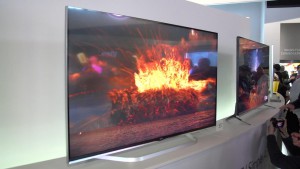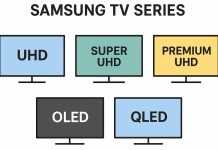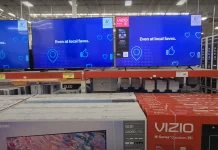On LG’s website, some TV models highlight the inclusion of Micro Pixel Control (local dimming) as a feature. This has led many buyers to believe it is a unique and innovative technology exclusive to LG. In reality, Micro Pixel Control is simply a marketing term for the well-established Local Dimming technology, which has been widely used in TVs to enhance image quality.
Local dimming works by turning off the LCD backlight diodes in areas of the screen displaying black. This creates a deeper and more realistic black, improving the overall contrast and color vibrancy of the image. While this enhances picture quality, it’s worth noting that LED technology cannot achieve true black; the result is closer to a very dark gray.
The term Micro Pixel Control was coined by LG to rebrand local dimming in its marketing strategy, particularly for its LB TV lineup released in 2014. By using a fresh term, LG aimed to make their TVs appear more advanced, as writing simply “local dimming” might not generate the same excitement. The name “Micro Pixel Control” suggests sophisticated image processing at the pixel level, but this is not the case—there is no pixel-level image control in these TVs.
After 2014, LG phased out the term, likely due to concerns that it could mislead consumers into thinking the TVs offered pixel-level control. Today, the technology remains a standard feature in many TVs under its more widely recognized name, Local Dimming.






